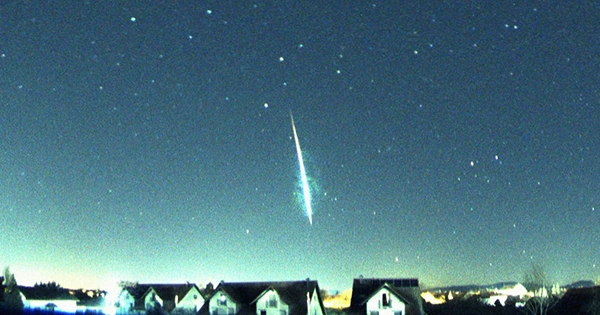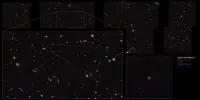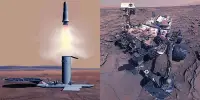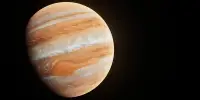This month might bring the most magnificent astronomical event in two decades, a total no-show, or anything in the middle. Because meteor showers are inherently unexpected, there’s no way of knowing if the Tau Herculids will show up. If you prefer to believe in luck, you might wish to schedule a trip away from the city lights on May 30/31, especially if you live in North or South America. You’ll almost certainly see a few meteors on any given night if the sky is clear and dark. The pace quickens at particular periods of the year, when a meteor shower occurs.
Nights with a meteor shower include additional flashes of light that all appear to emanate from the same spot in the sky, in addition to the random meteors (sporadics). The Eta Aquarids, one of the greatest yearly showers, is slated to climax this week, though next years are likely to be even better. The Zenith Hourly Rate (ZHR) of meteor showers is the number that would be seen without clouds or light pollution if the point of origin were directly overhead. The finest meteor showers have ZNRs of 100, whereas the majority have ZNRs in the single digits. Rarely, though, situations occur in which the ZNR reaches hundreds, earning the moniker meteor storm.
Meteor storms are defined as having a ZHR of greater than 1,000. Since the Leonid storms of 2001/2002, there hasn’t been one. Even the potential of one made a stir in astrological circles years ago, and the excitement has only grown as the day draws nearer. Meteors form when small particles of dust or gravel collide with the Earth’s atmosphere and burn up. This may range from a barely visible flash to a fireball like the one that rocked three states last month, depending on their size and pace.
When comets or asteroids collide, fragments of rock are spread across the Solar System. Depending on the quantity of debris, meteor showers or storms ensue as the Earth passes over. These patches begin tiny and concentrated when a comet disintegrates. The Earth may travel through a rich region one year and get an abundance of meteors, while the next year it may miss practically all of them. Under the influence of the planet’s gravity, the solar wind, and various dispersal rates, patches expand out over time. This results in dependable yearly showers that can last for days but never reach the heights seen in the immediate aftermath of a comet’s death.
The Tau Herculids (called after a star in the direction from where they first appeared) are one of the newest meteor showers, having been left behind when Comet 73P/Schwassmann–Wachmann 3 disintegrated in 1995. Most years, they are so rare that they aren’t included in lists of showers, but there is a considerably denser region that some scientists fear the Earth is about to collide with. Calculating the precise position of such patches is difficult, however it has become much easier in recent years. It is contingent on calculating the impact of complicated unpredictable circumstances.
Several individuals have predicted when the Earth will pass through the main Tau Herculid stream at somewhat different times. It should be visible across much of North America about 1 a.m. EDT on May 31 if they’re correct (twilight May 30 on the west coast). Because the radiant point is low in the north, South Americans will see fewer meteors, but they can be sure the Sun will have set by the time the storm happens. If the estimates are off by a few hours in one direction or the other, Europe and Africa, or Asia and Australia, may be the beneficiaries.
“This is going to be a winner-take-all situation.” We could observe a beautiful meteor shower if the debris from SW3 was traveling faster than 220 miles per hour [350 kilometers per hour] when it detached from the comet. “Nothing will make it to Earth and there will be no meteors from this comet if the debris has slower ejection velocity,” NASA’s Bill Cooke said in a statement. Meteor showers or storms lose a lot of their luster under moonlight, but this event will take place so soon after the new moon that this won’t be an issue. Worse, the Tau Herculids are among the slowest meteors because of their orbits relative to the Earth.
Larger items become easier to see as a result, while tiny objects never get bright enough to be seen. Nobody knows what the size mix was at the 1995 break-up. The Leonid storm in 2001 lasted many hours, but the Tau Herculids are likely to be considerably shorter – probably barely 15 minutes – if at all. Take it from someone who has been fortunate enough to experience a storm: even a quarter-hour of meteor storm will leave you with lifelong memories.















